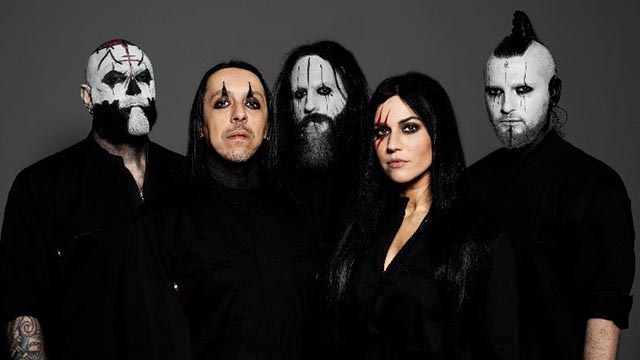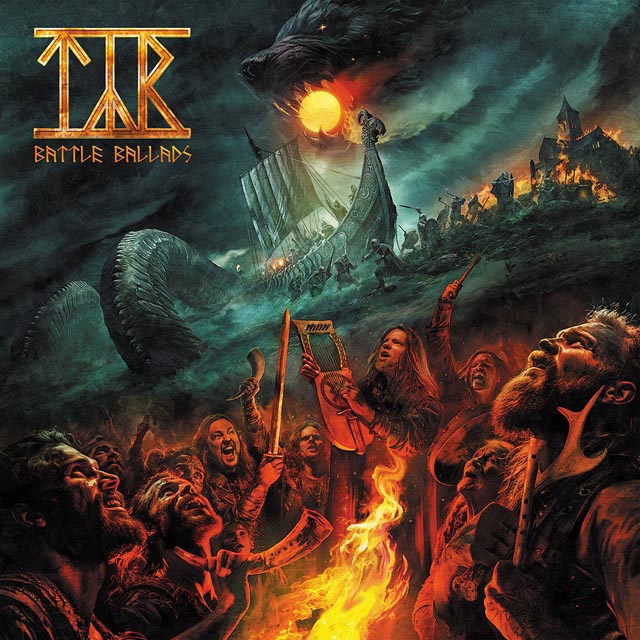
Chances are if you’re a music fan, you’ve chosen a streaming service to listen to music. And if you’re with the majority, you’ve chosen Spotify. They announced today that they have 100 million active users. That’s an impressive number, even given that the service has been available in the United States for longer than any of its rivals (Apple Music, Tidal and Google Play Music are the three biggest). The number is even more impressive given that one year ago, they only had 75 million active users.
However, things get a little murky when you explore beyond the statement. Despite Spotify’s meteoric growth, they’re still losing money. And the last update they gave about actual paying subscribers back in March put them at 30 million subscribers. That’s actually pretty solid that 3 in 10 subscribers are paying for the service, but the fact that they didn’t include paying subscribers in their release this morning suggests that the subscriber growth might not have kept up with the increased listenership.
And other services may be catching up. It took Spotify six years to reach 10 million paying subscribers, from 2008 to 2014. It’s taken Apple less than a year to get 15 million users. There are several reasons for this. First of all, Spotify was the first streaming service to make it to America. And Apple benefited from years of Spotify helping spread the word about streaming. And in the past few years, the public has caught on to streaming as a means of getting music, as opposed to buying it digitally or downloading it. Spotify is the only streaming service that offers a free platform, which might be enough to keep some from subscribing (even though it’s totally worth it in our opinion). But Apple appears to have helped raise awareness about streaming in general, as Spotify has gotten 20 million subscribers in the past two years.
An informal poll we conducted via Twitter found that more Metal Insider readers are using Spotify and paying for it, with a vote for Google Play Music and a user that’s used several different services.
[via Engadget and Digital Music News]







